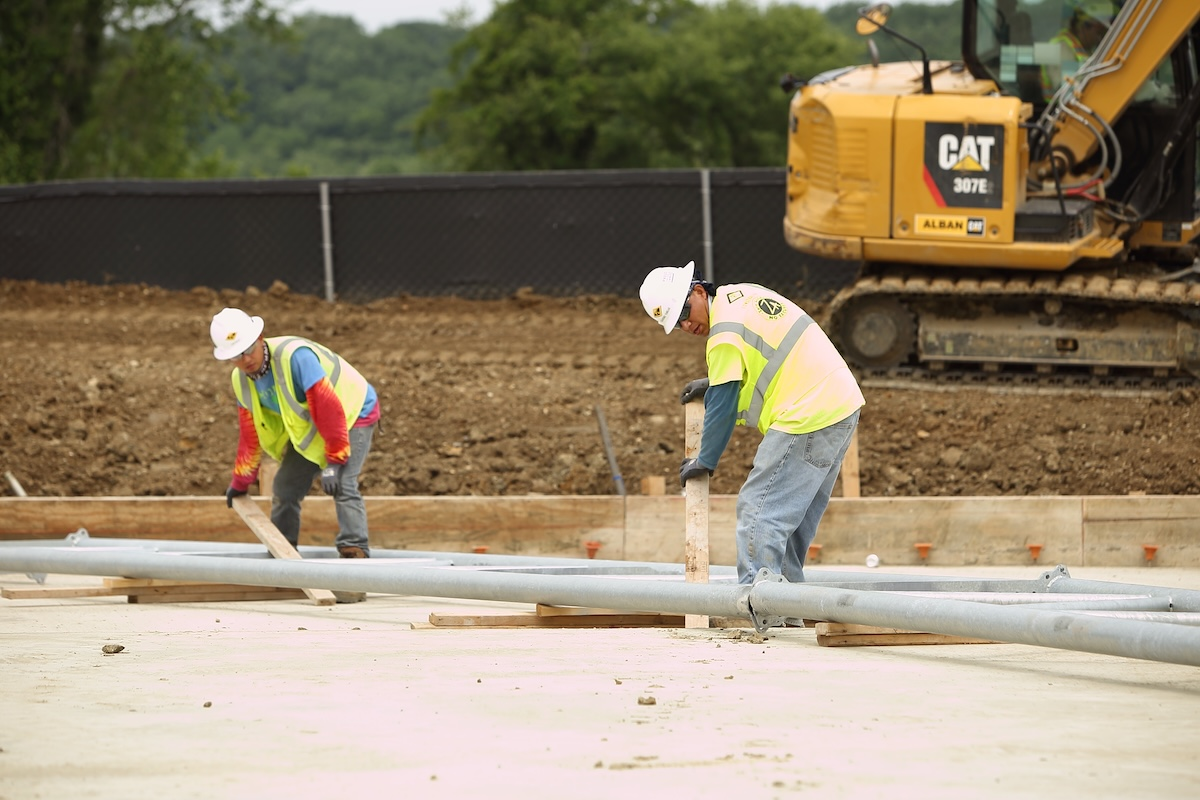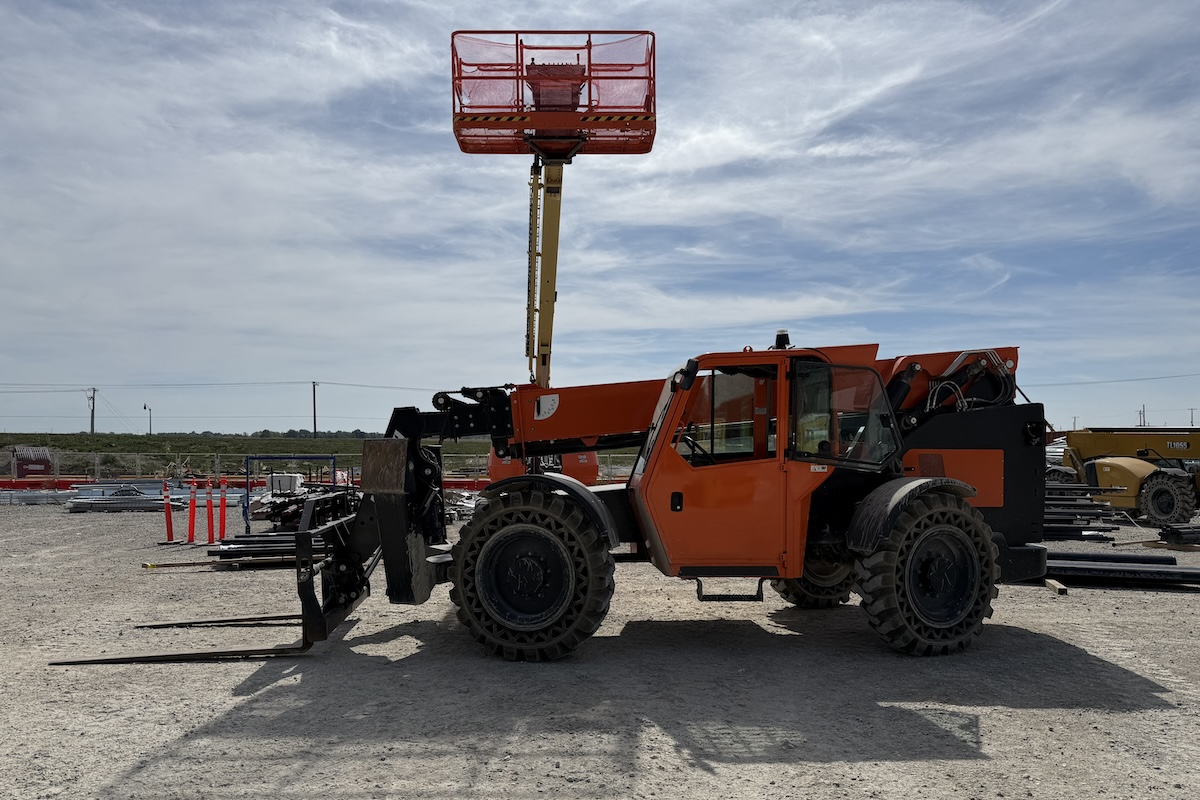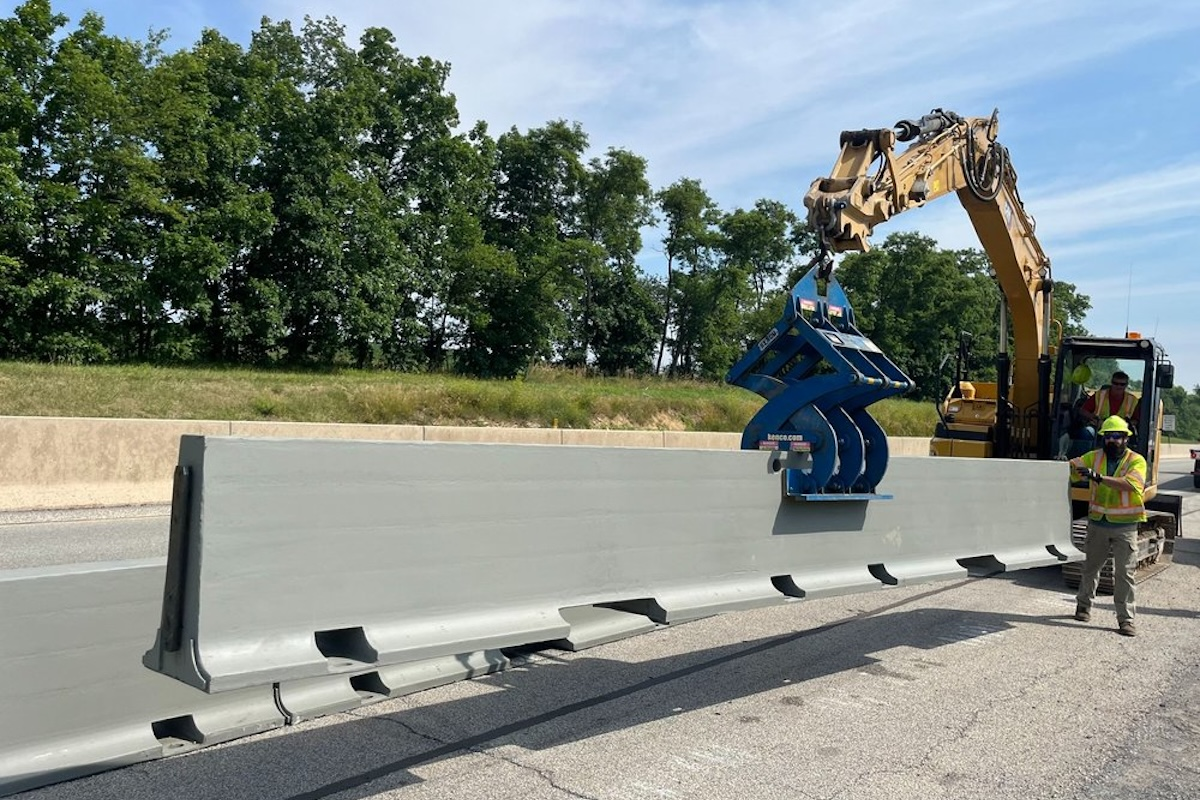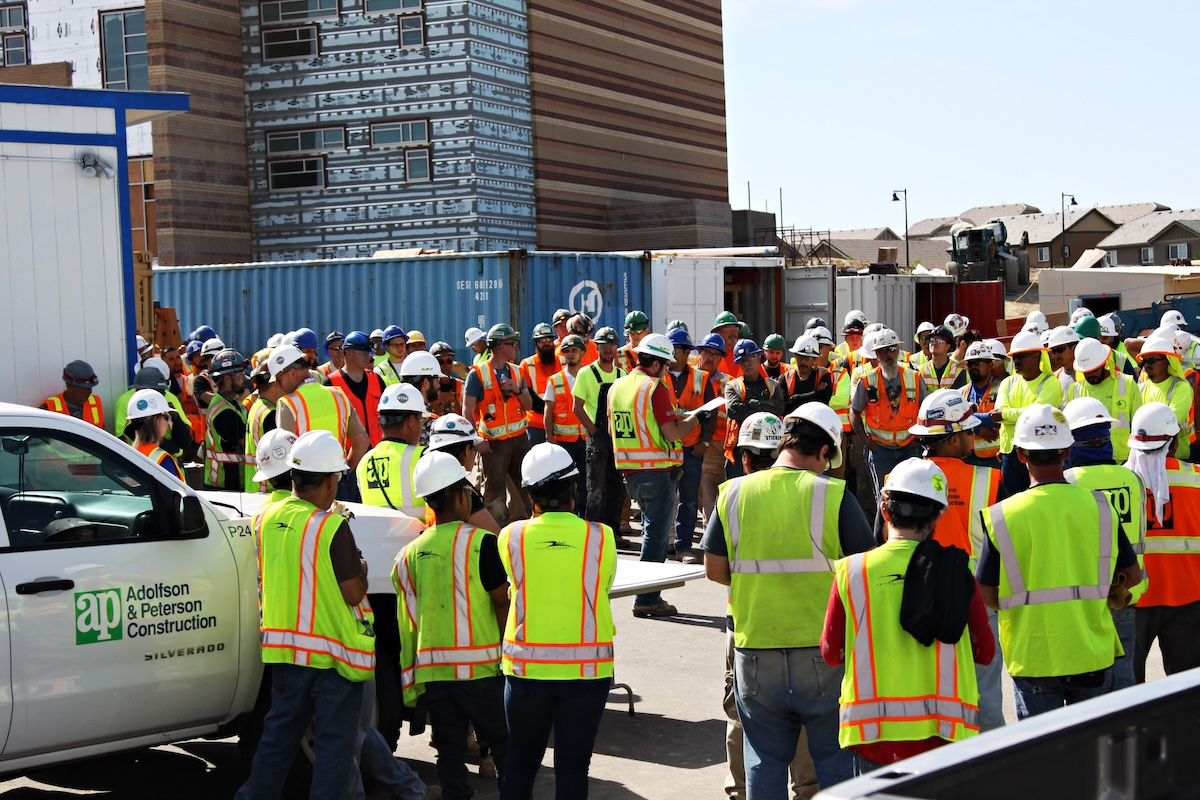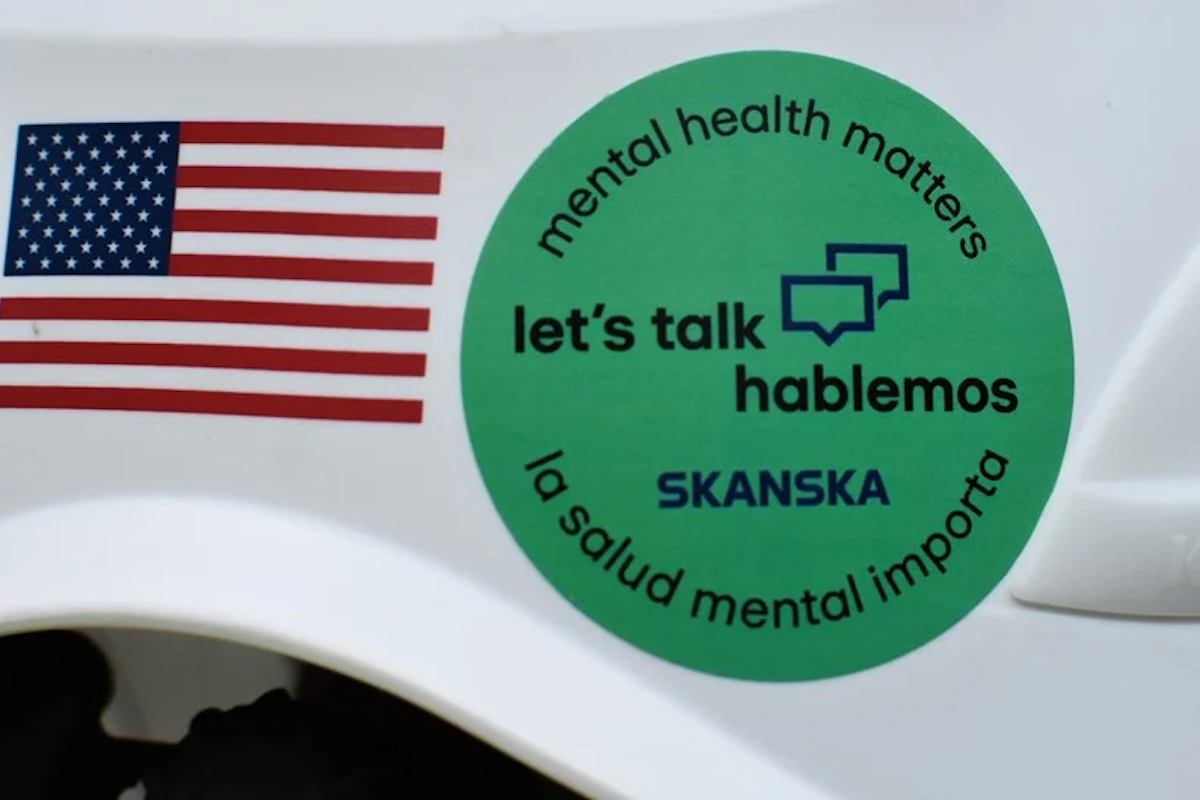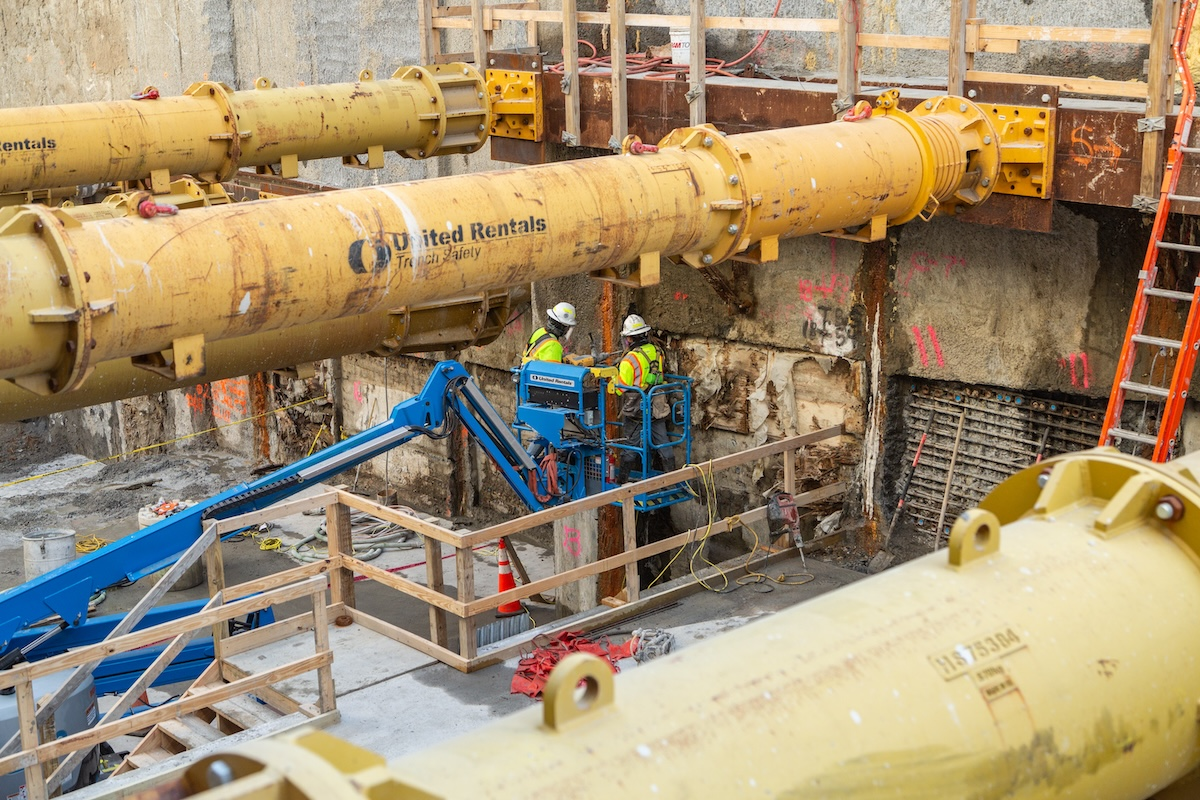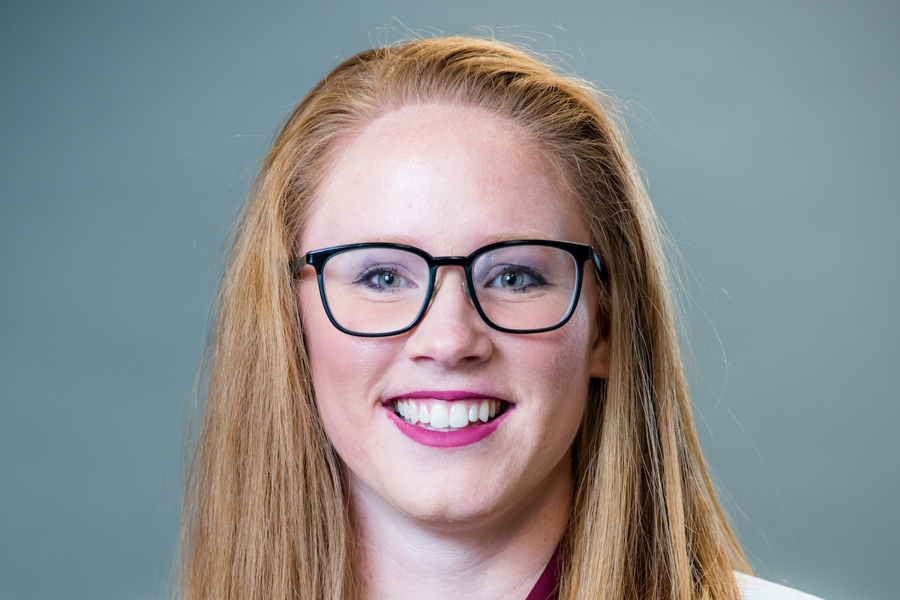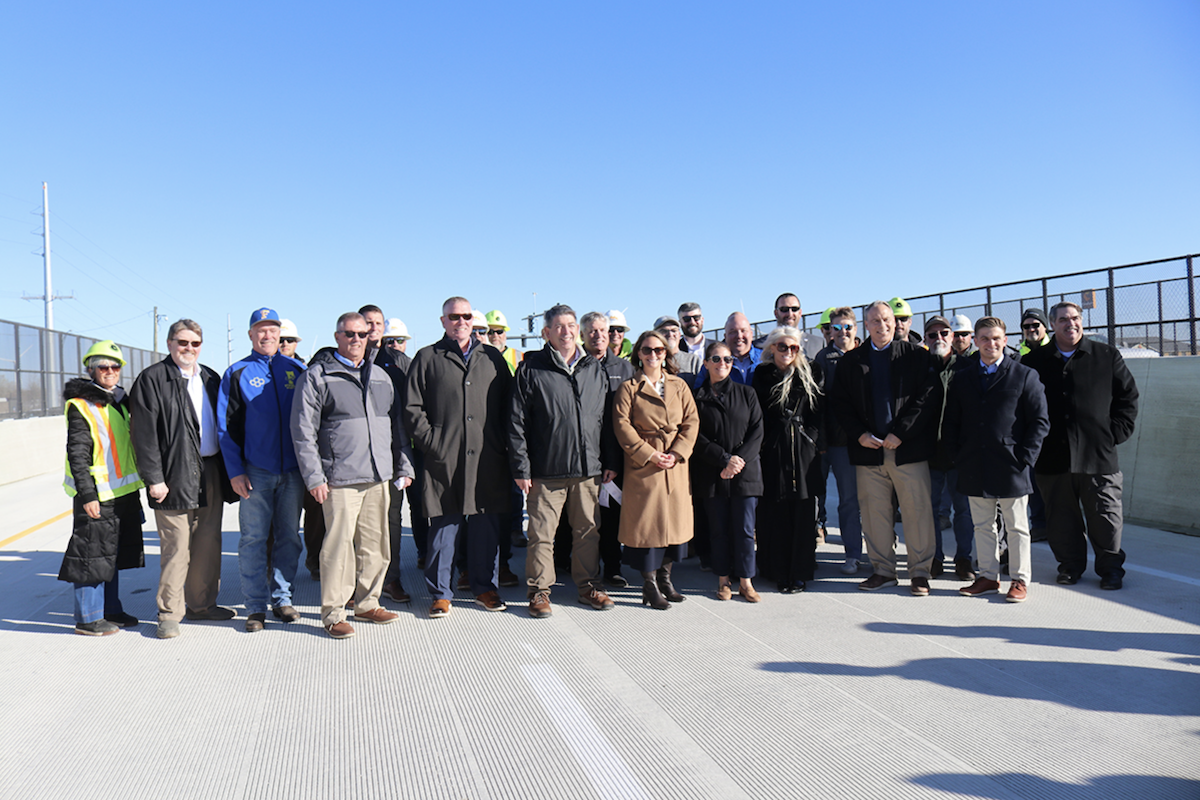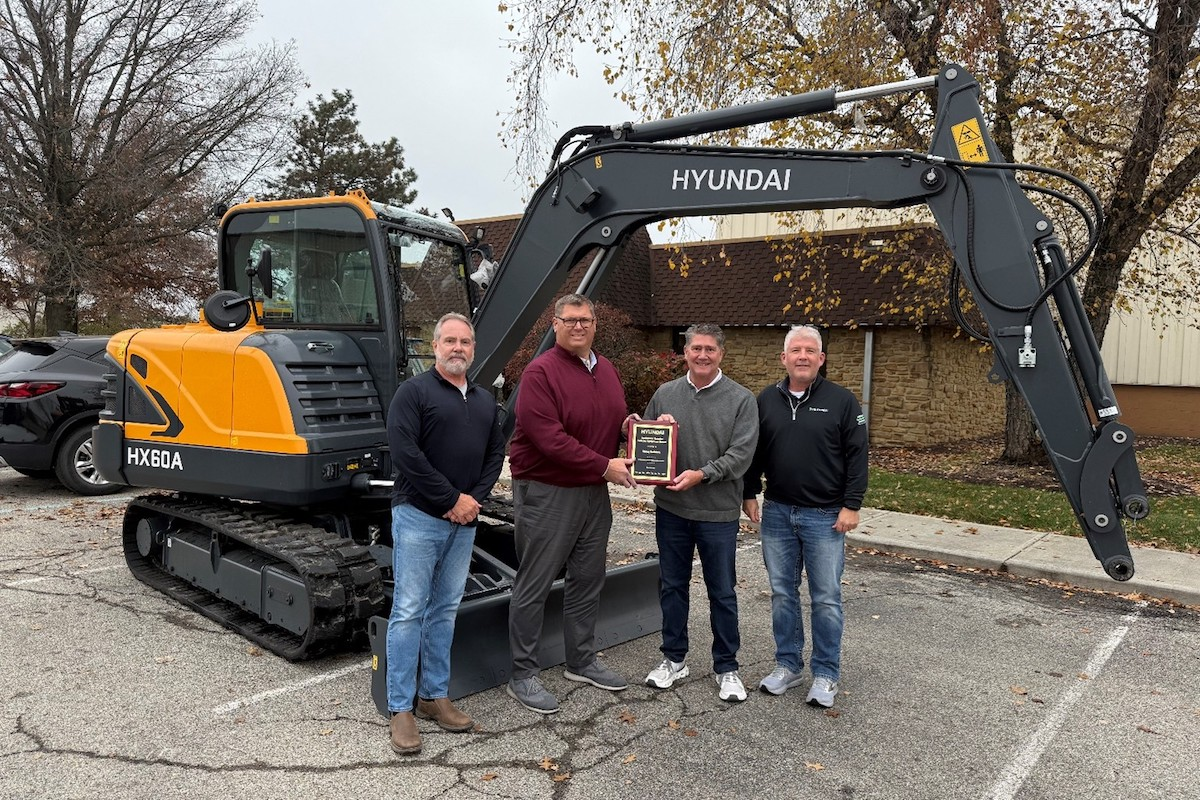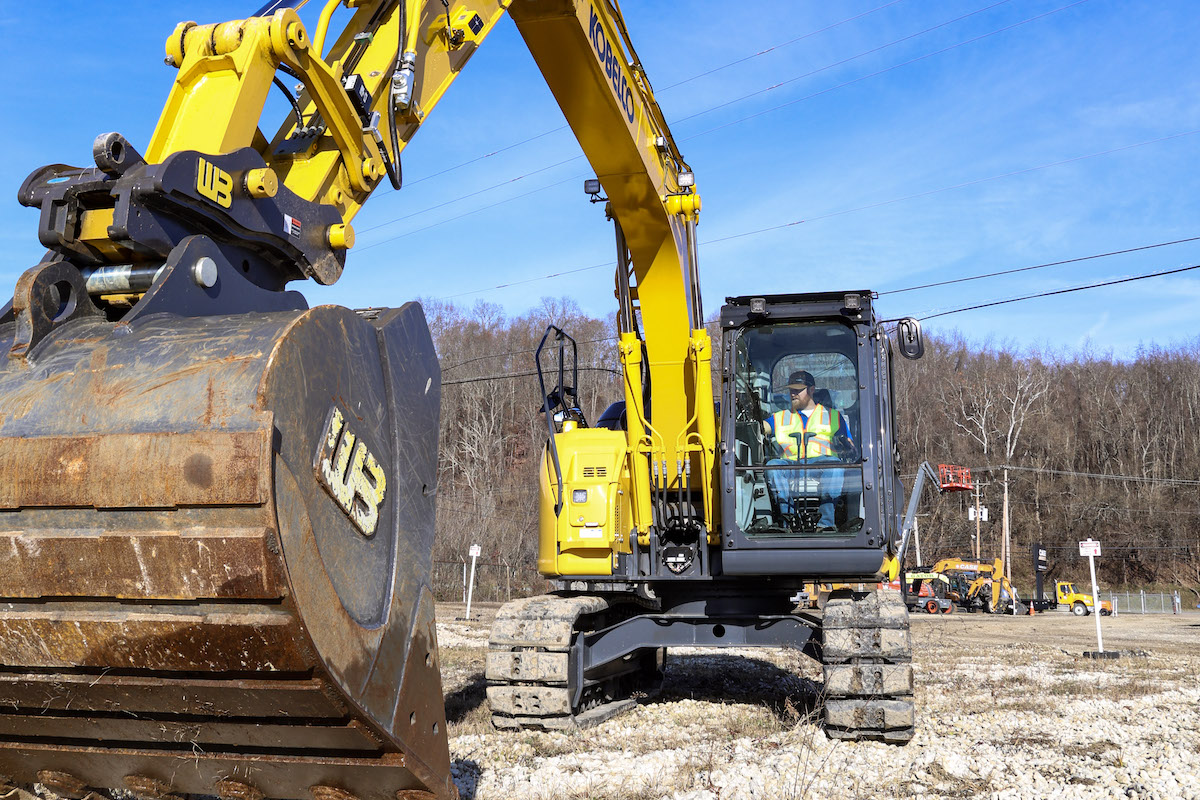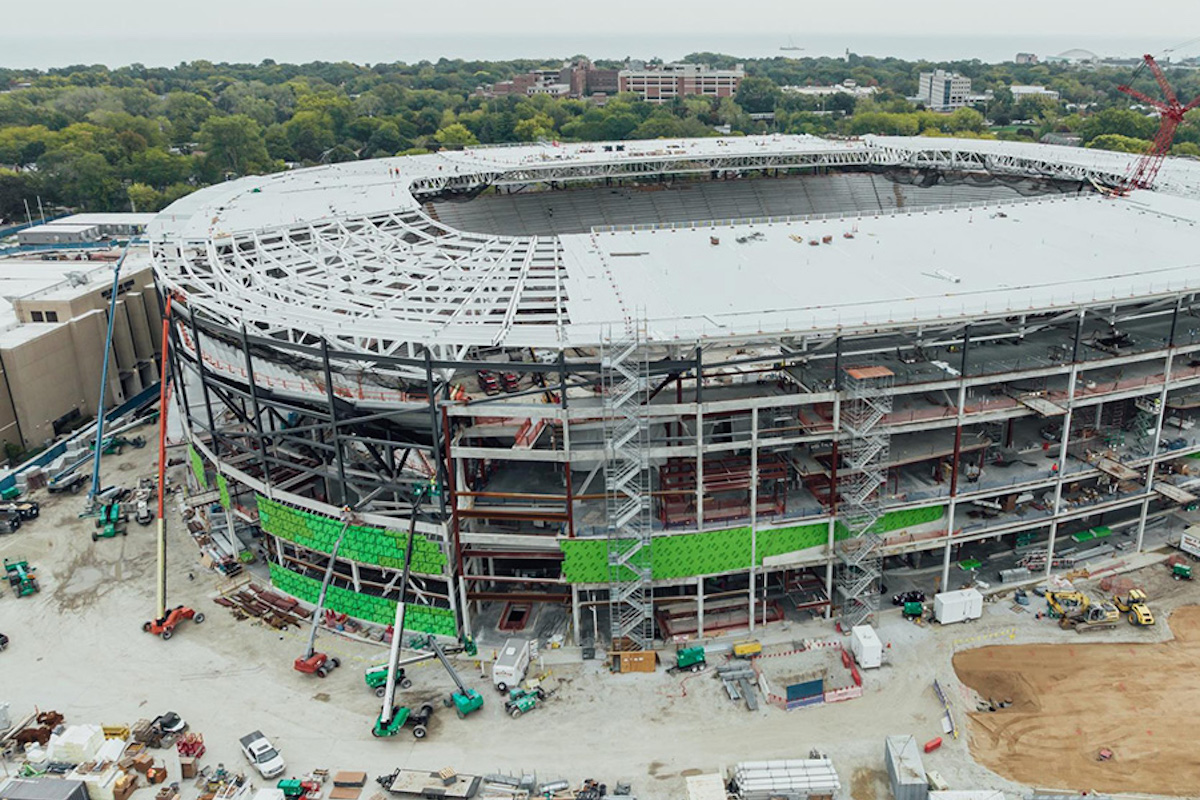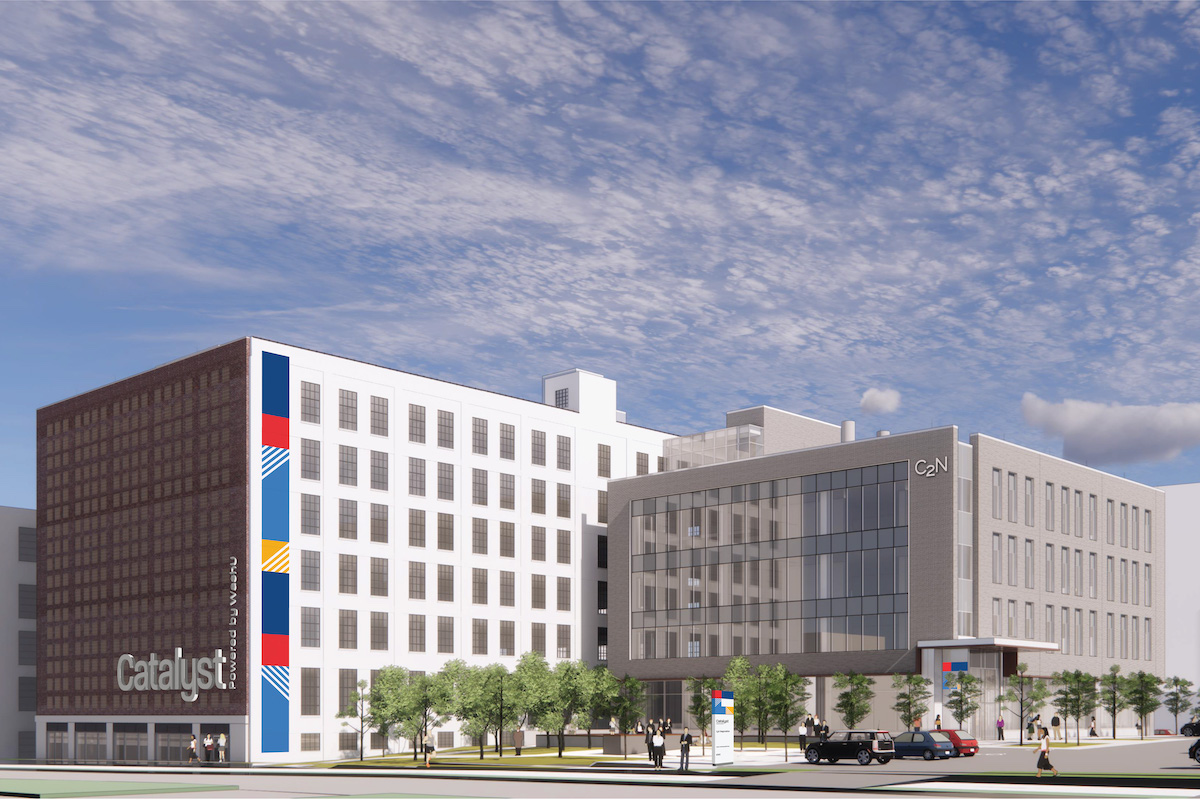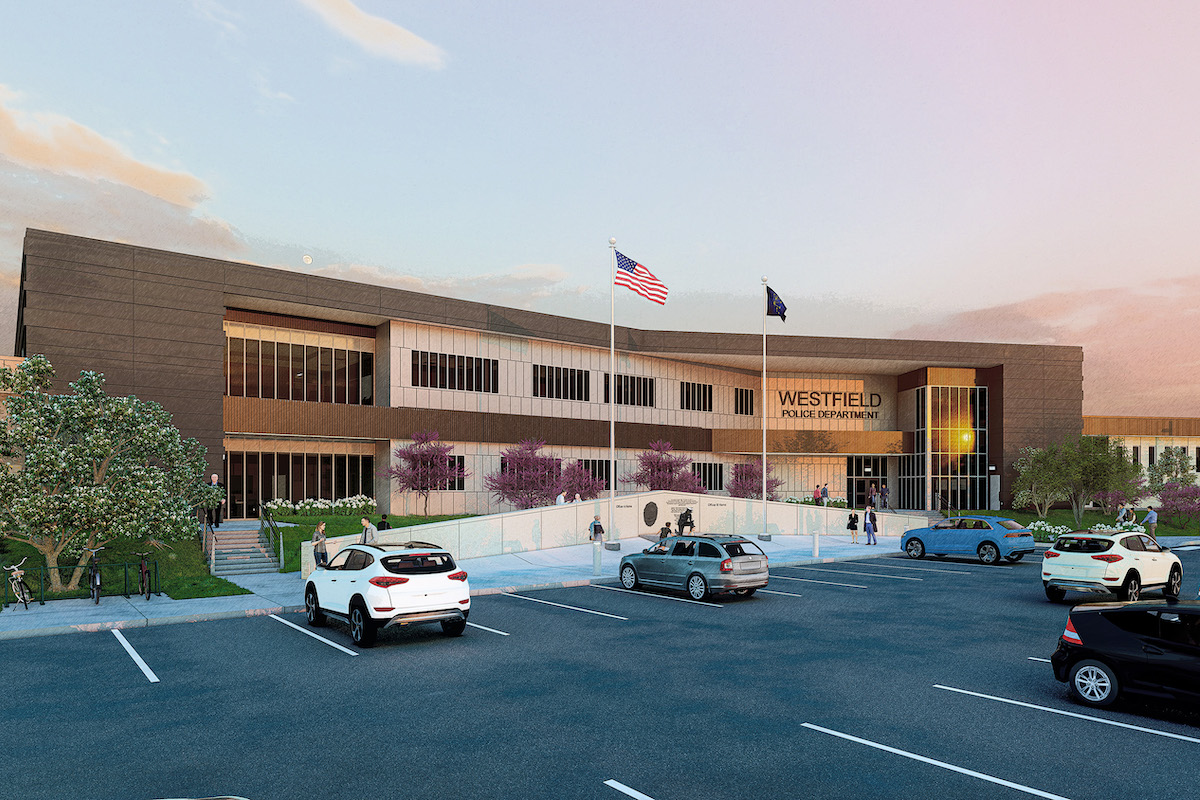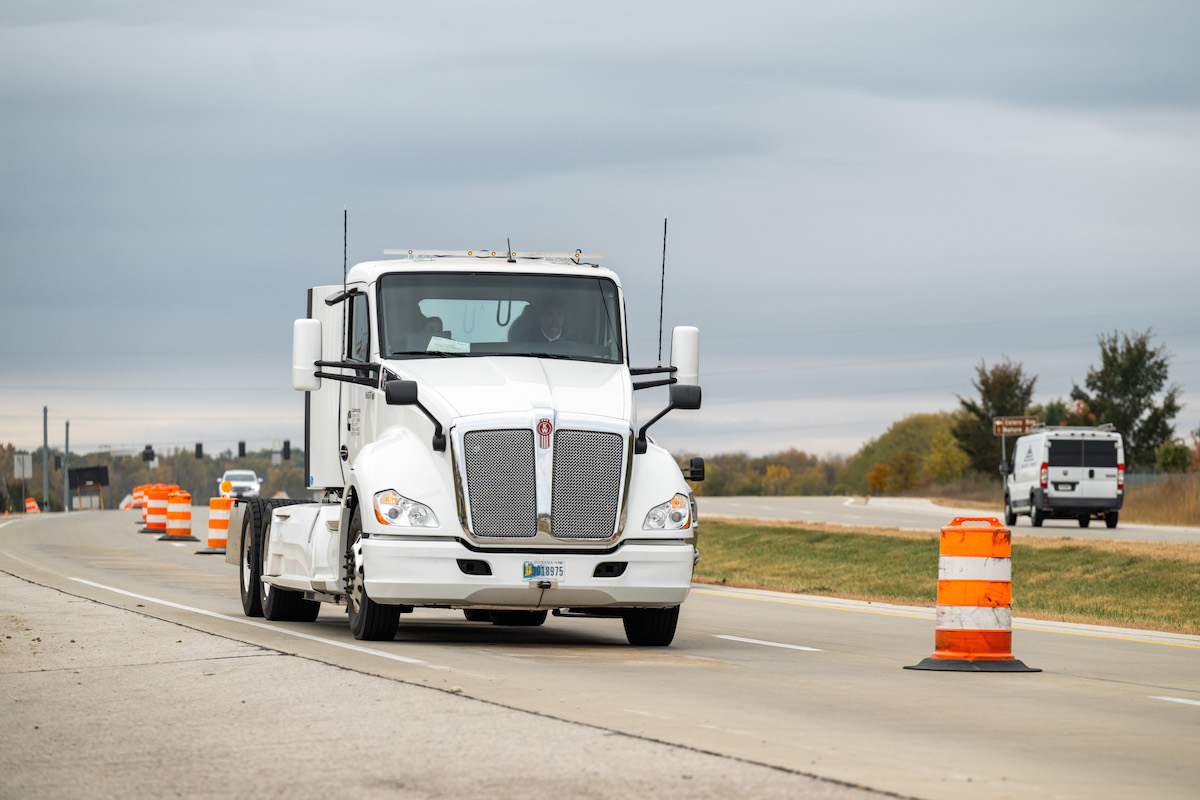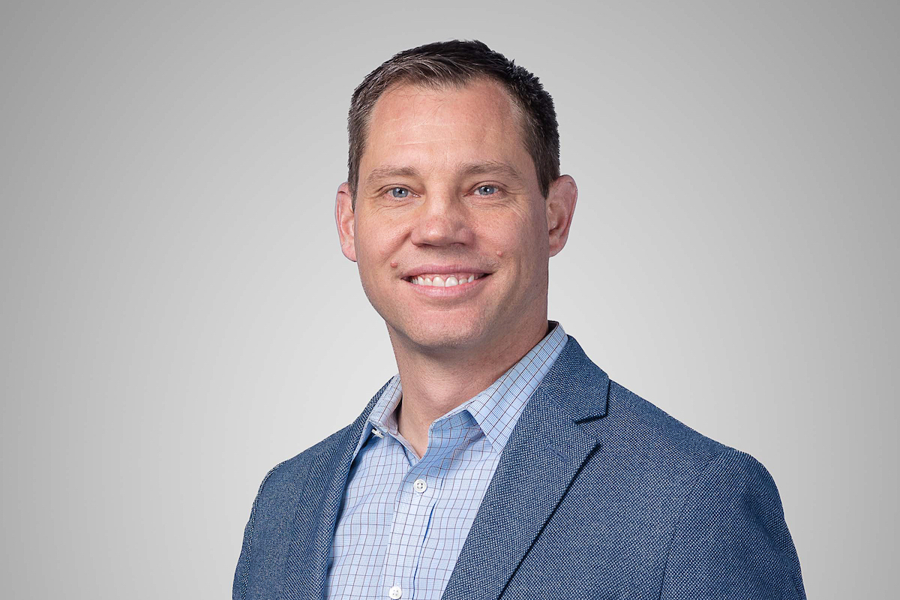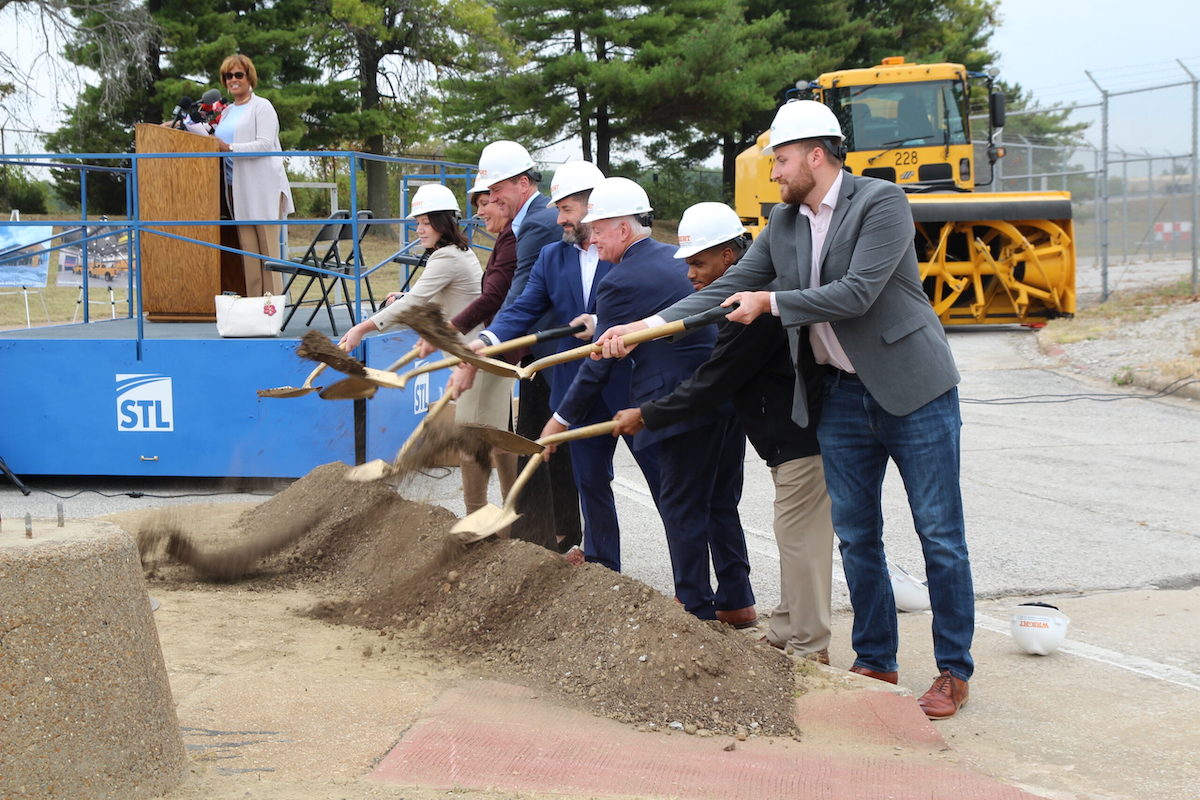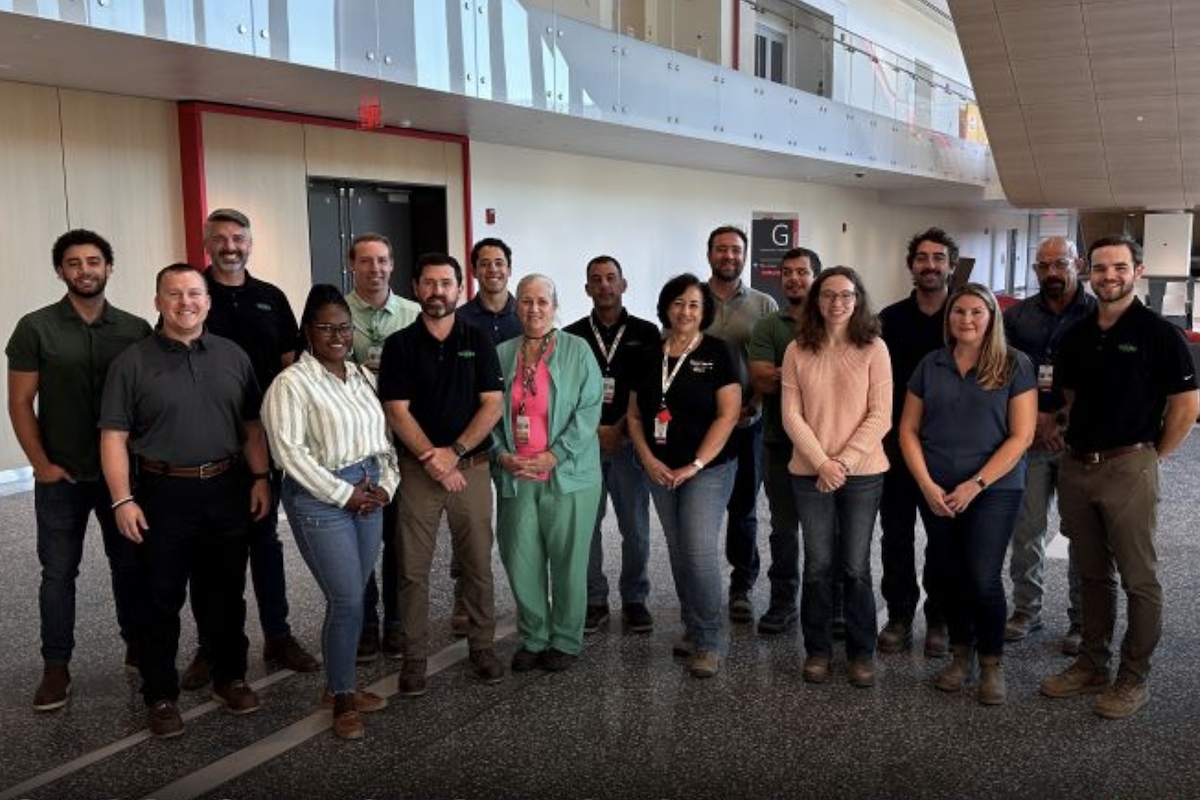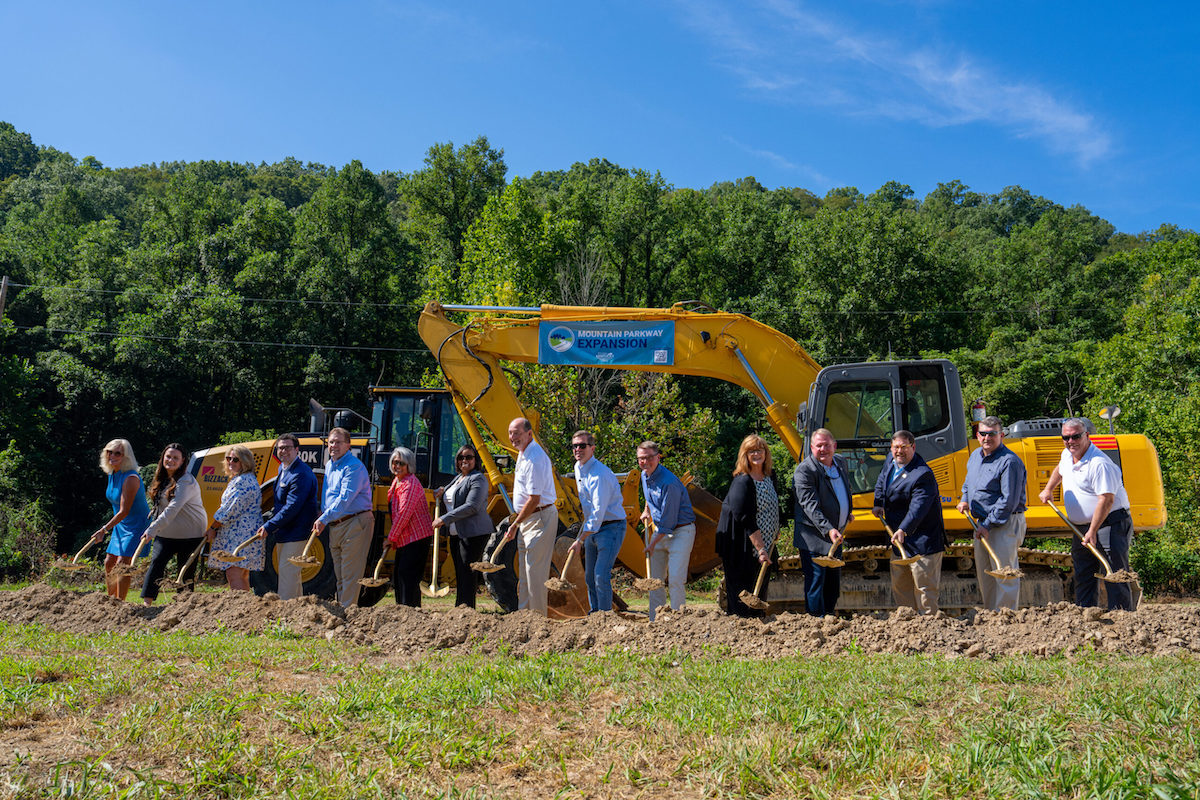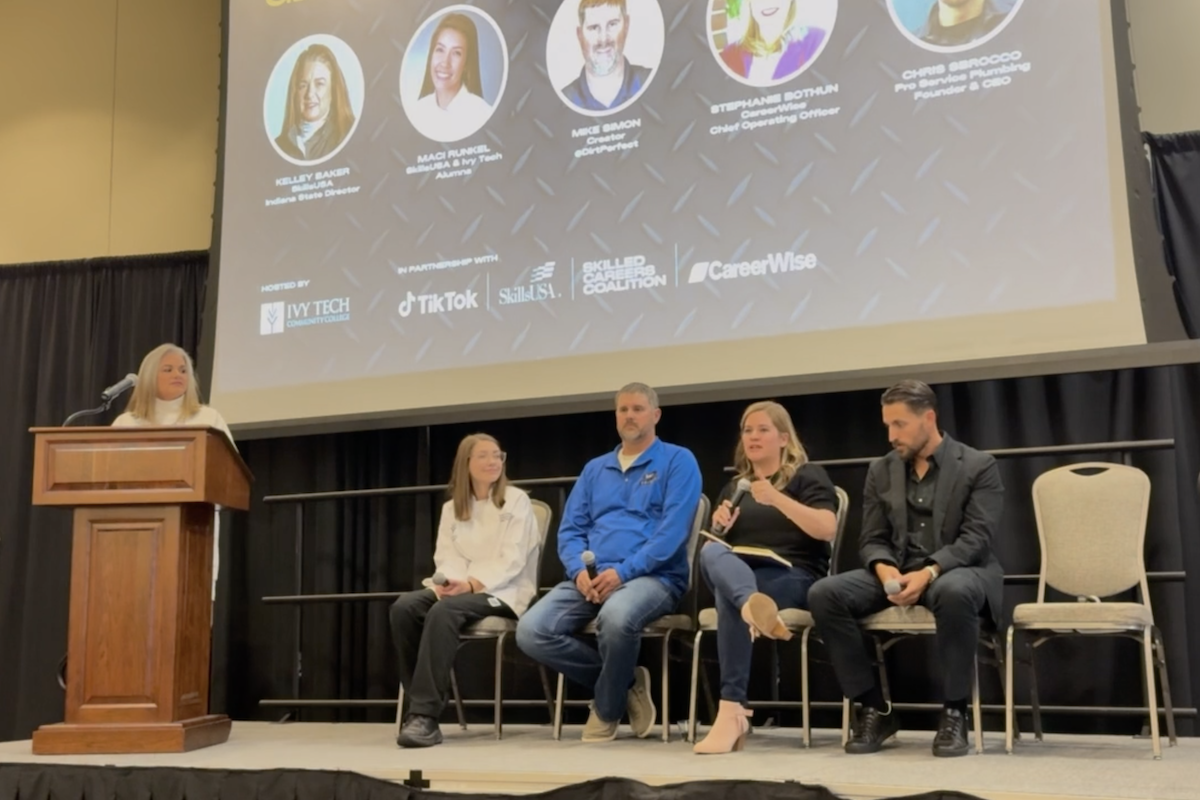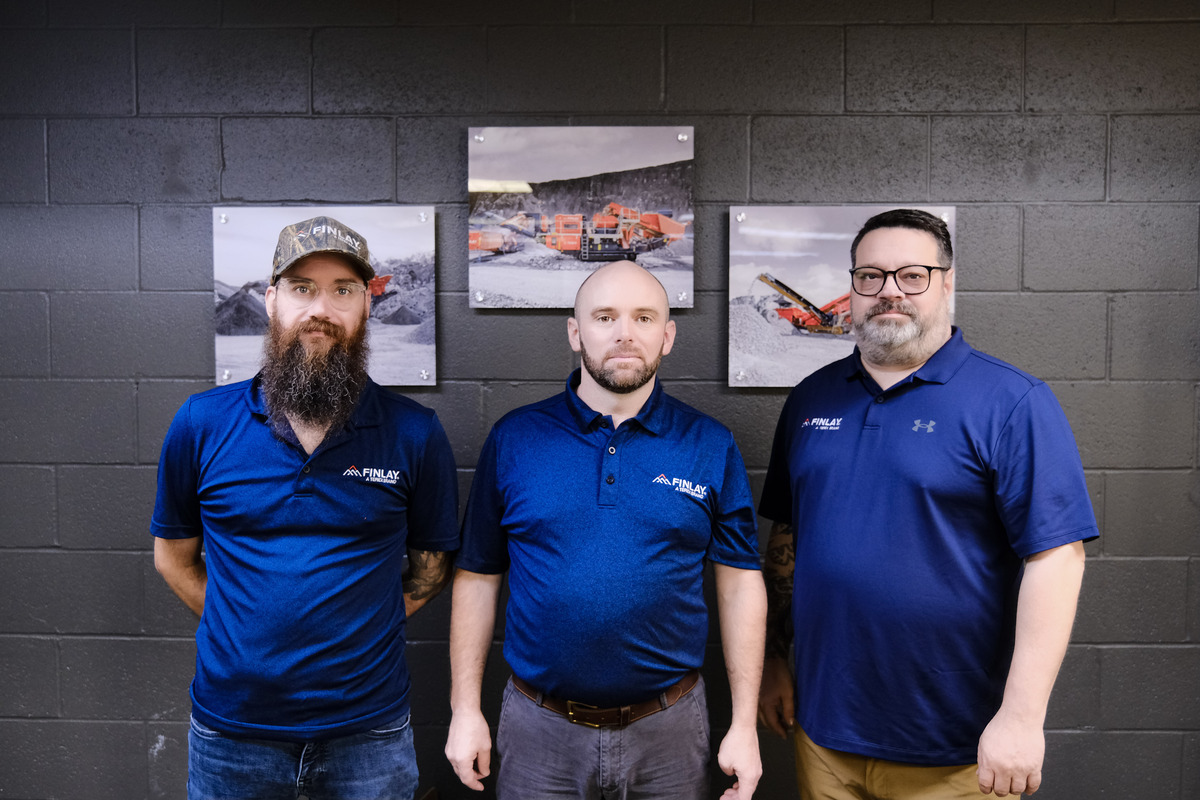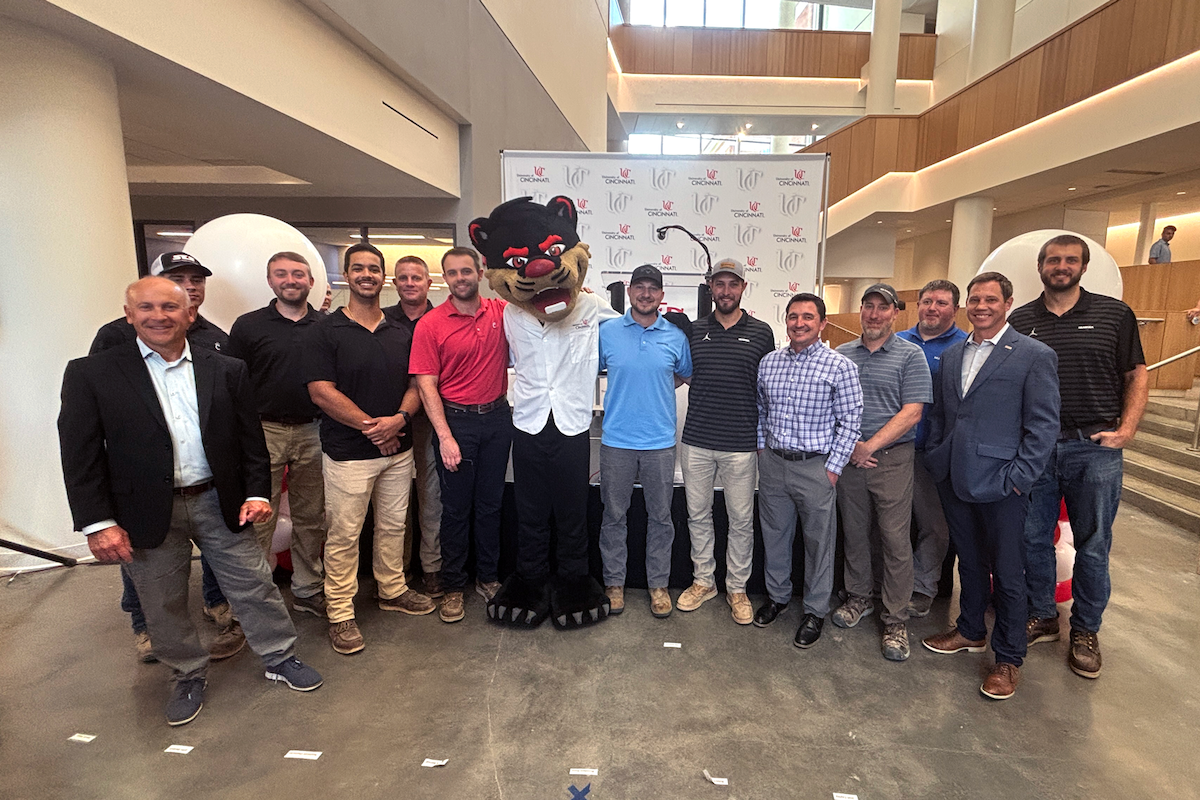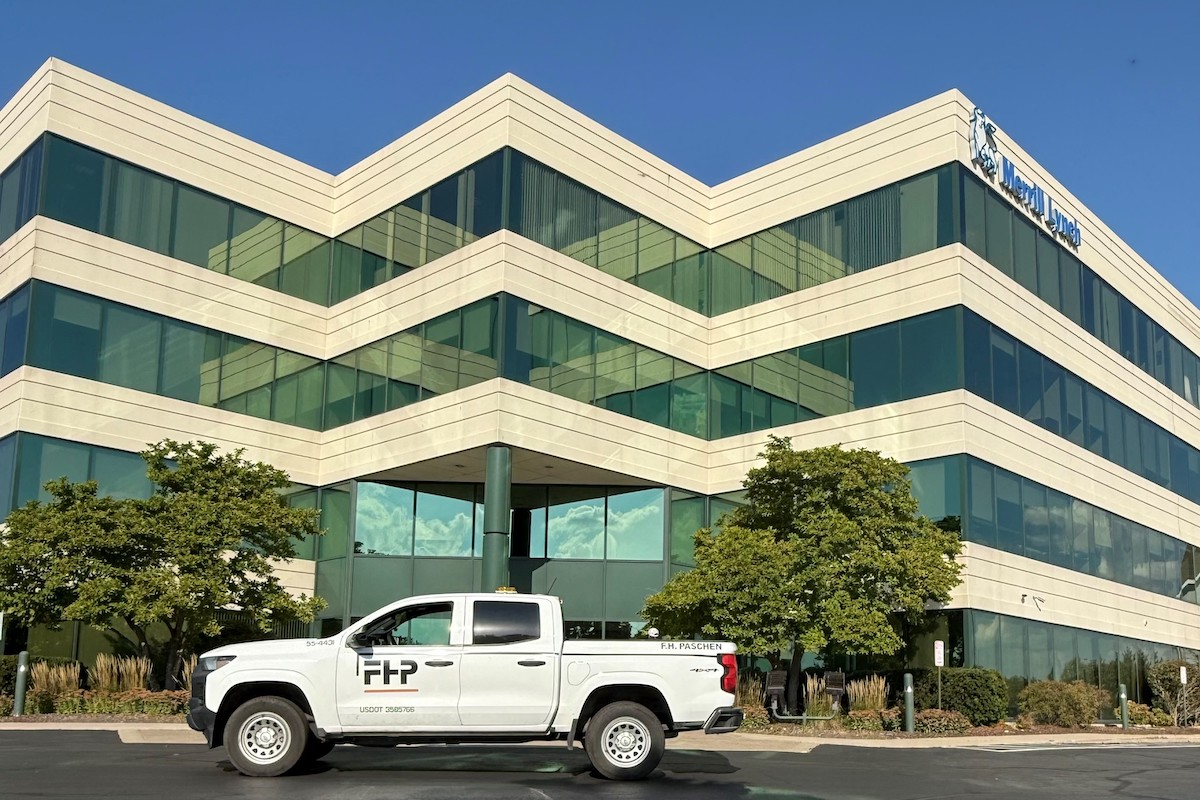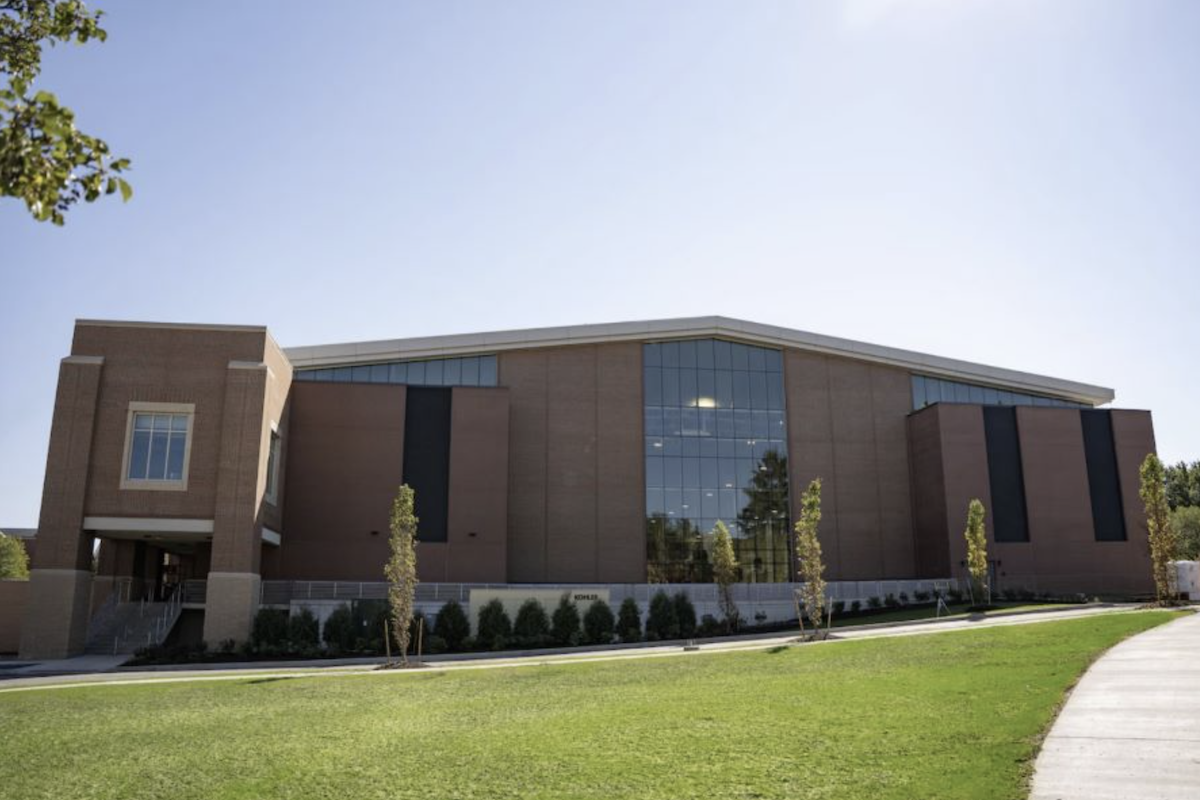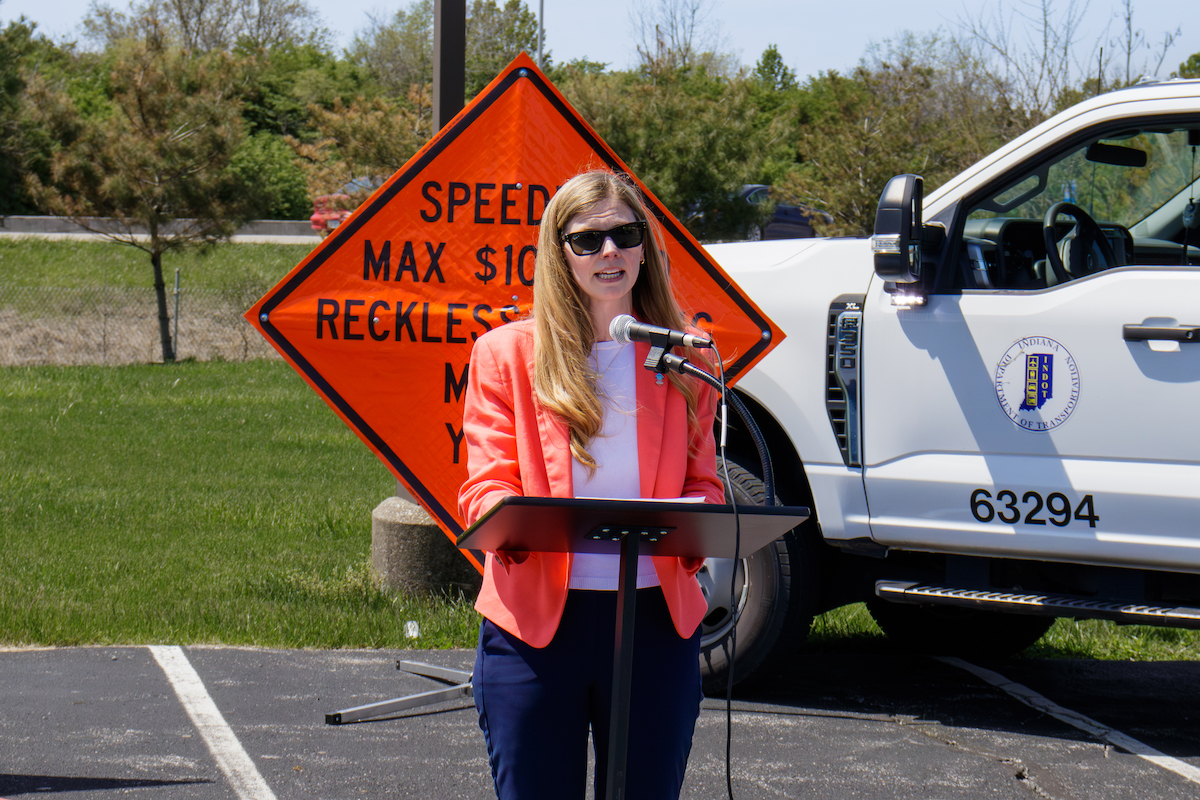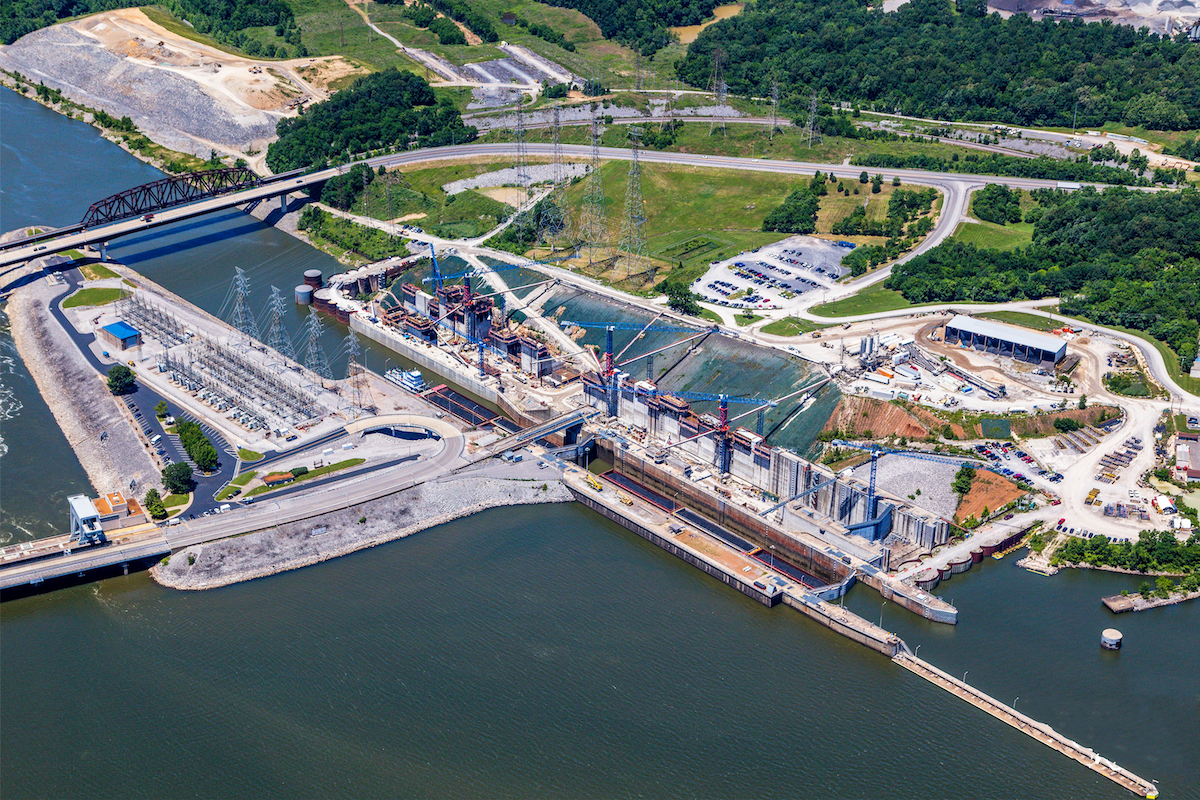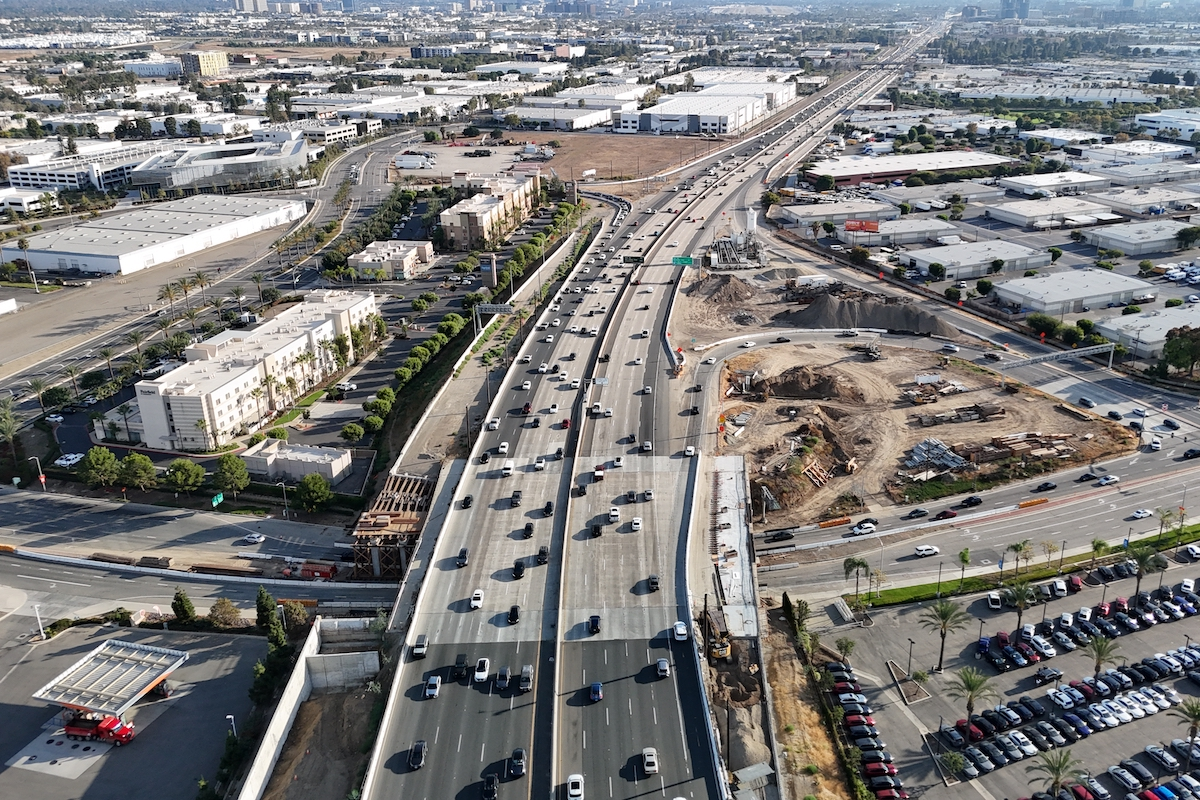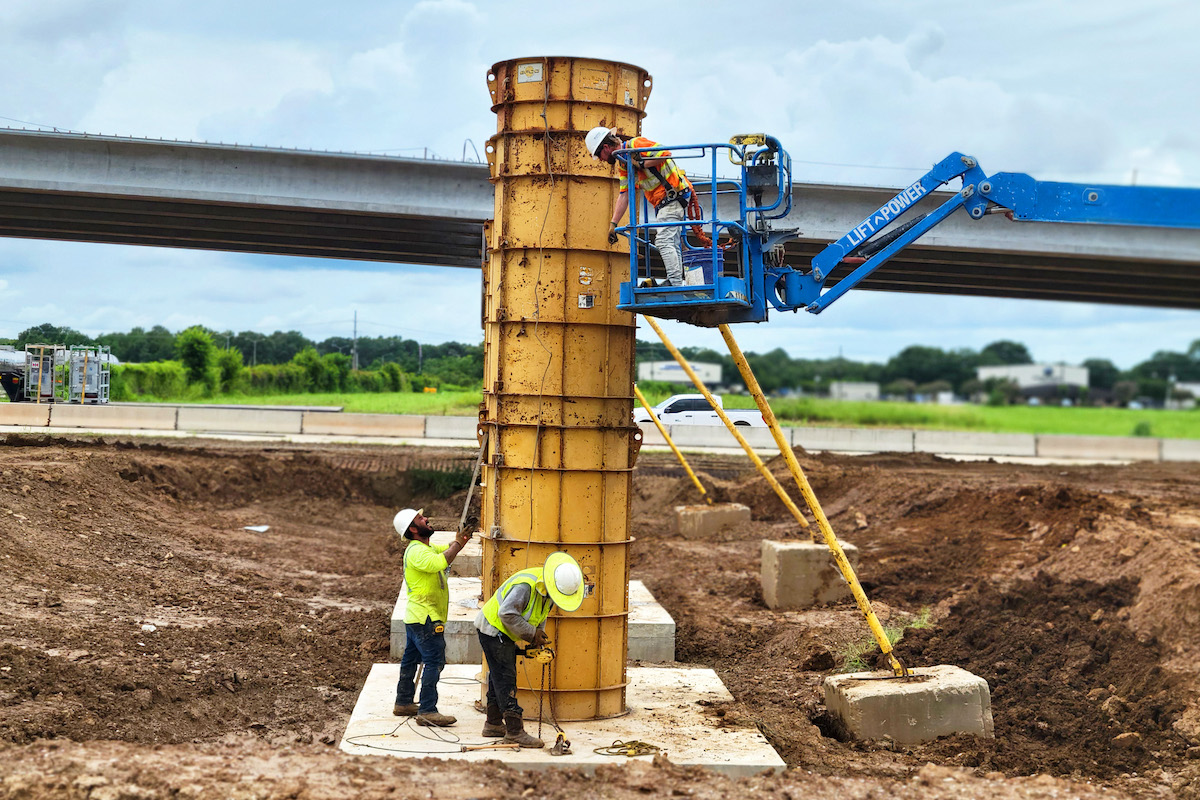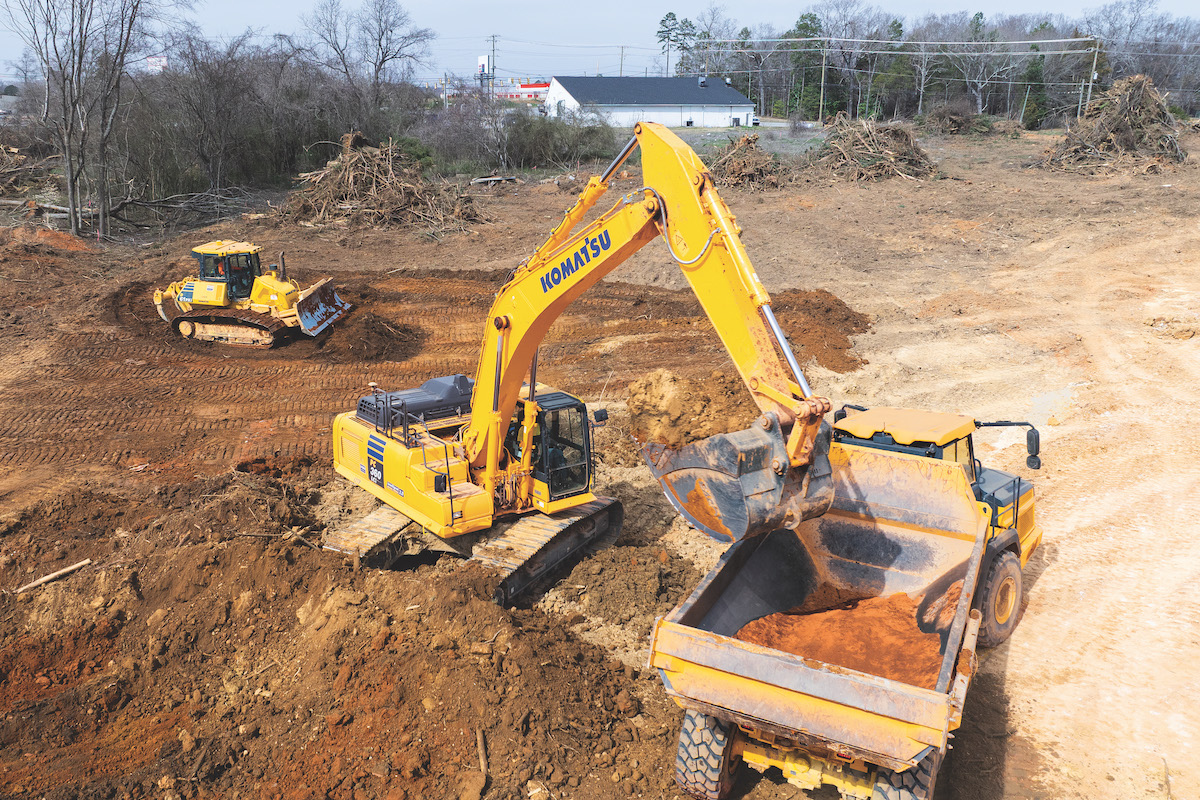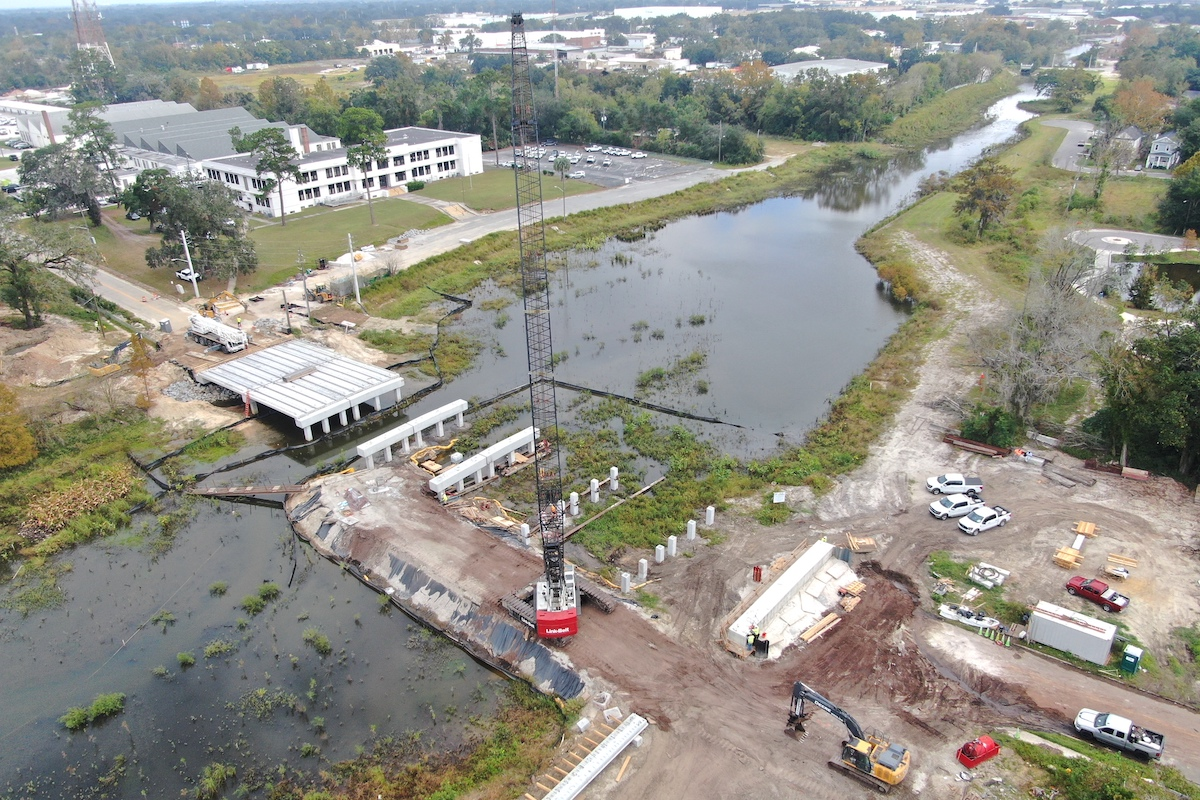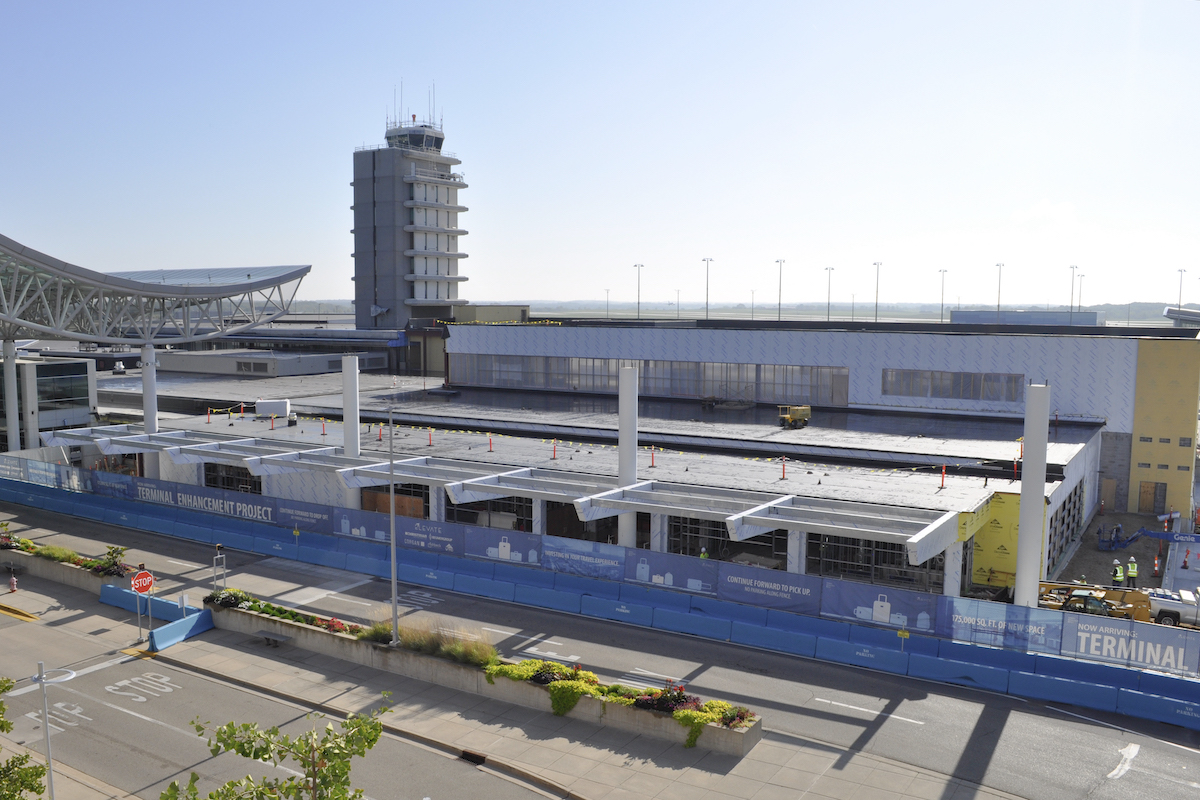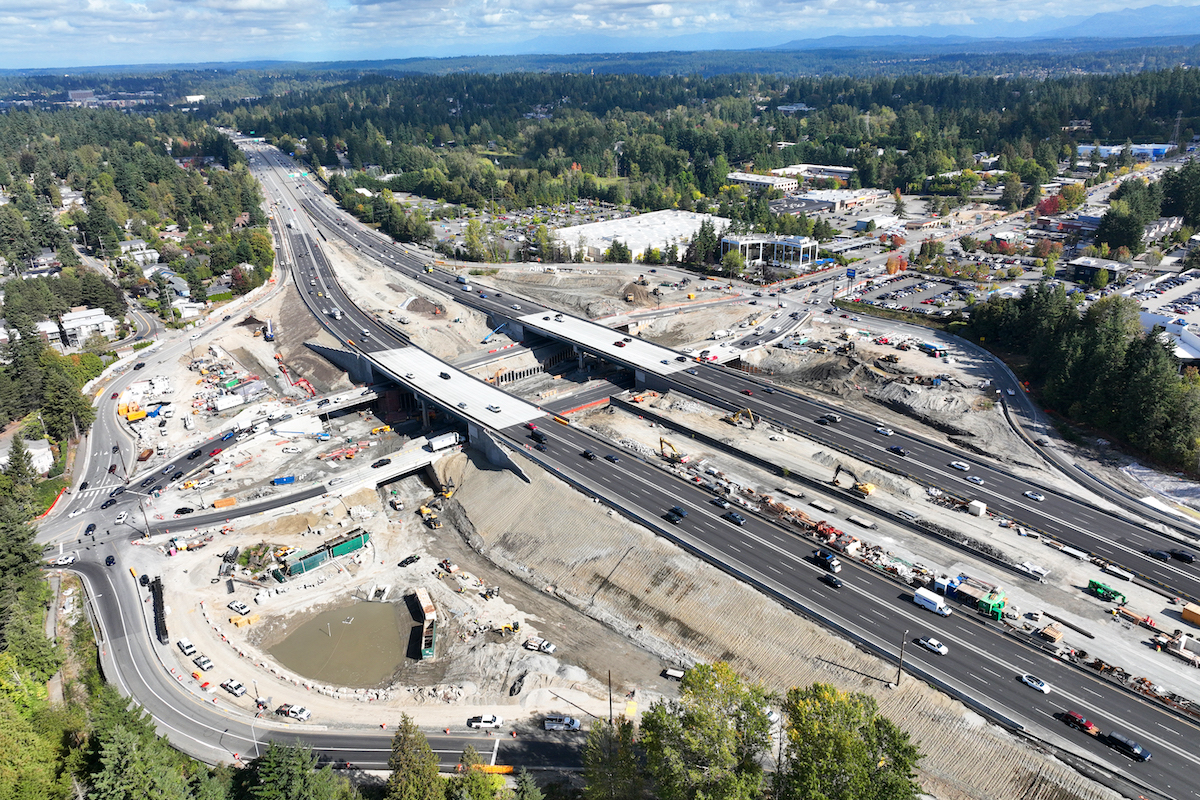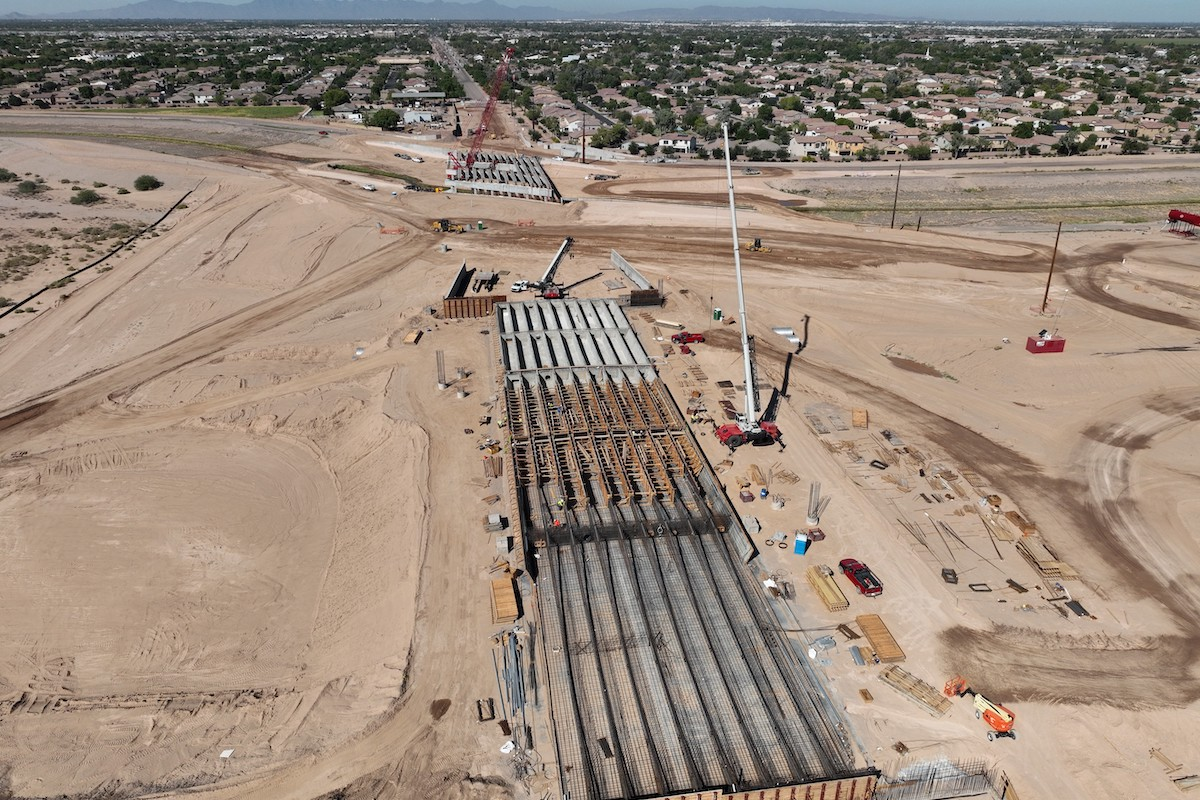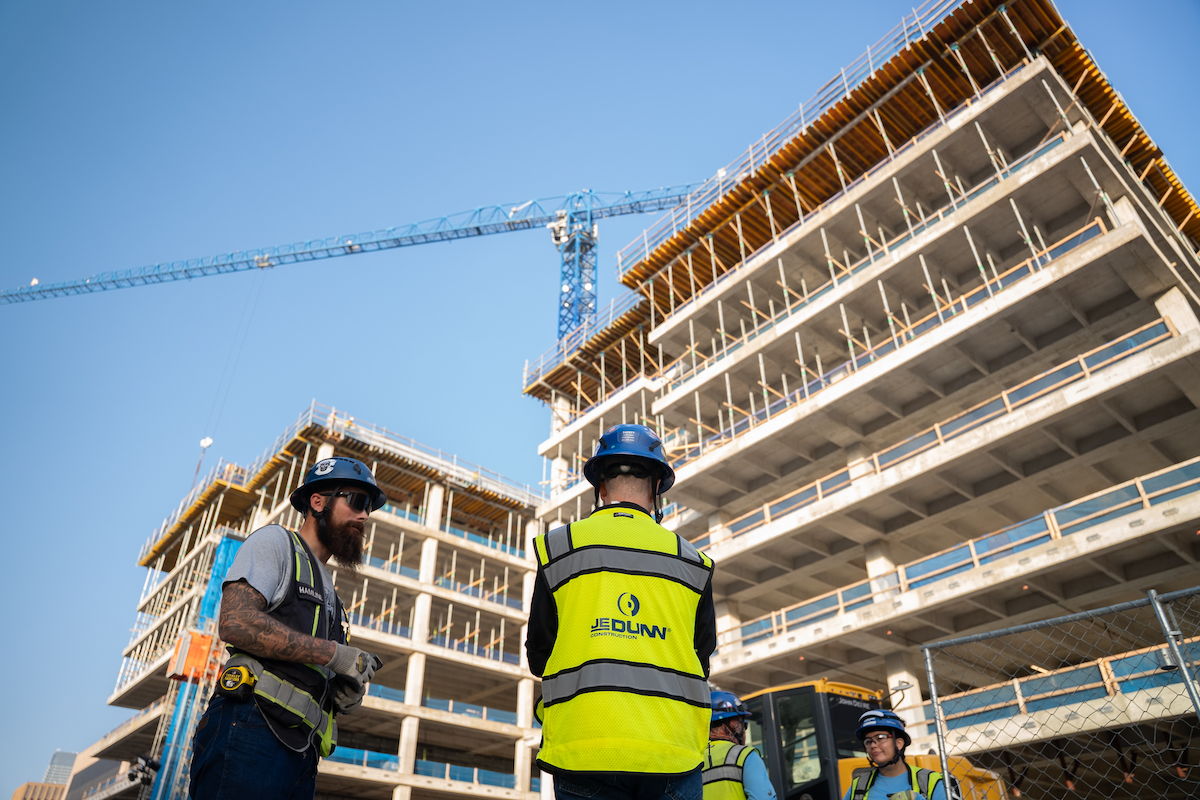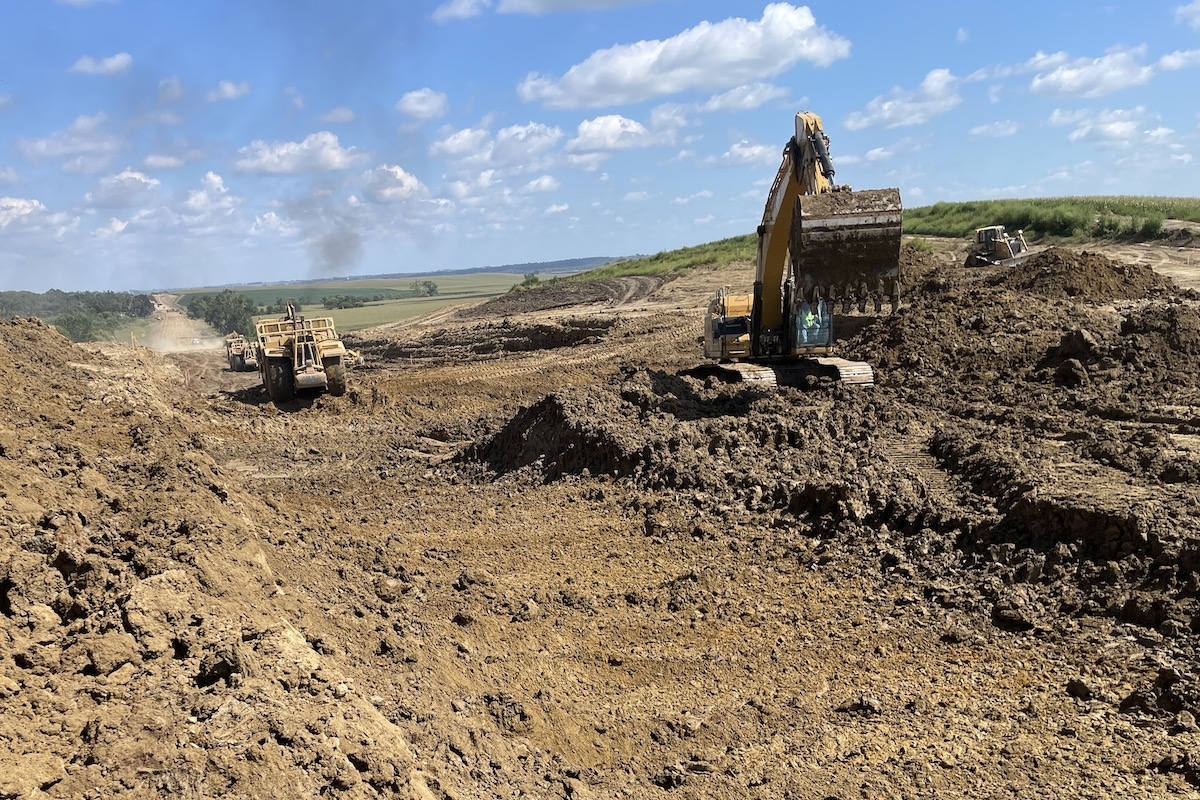Putting safety at the heart of your construction firm’s brand and messaging isn’t just a best practice in an industry comprised of nearly four million competitors nationwide — it’s a critical business strategy and the right thing to do. Now is the time to rally around the “All in Together” theme of Construction Safety Week 2025, emphasizing our collective responsibility to protect workers through improved communication and vigilance.
Construction worker falls account for nearly 40 percent of all construction fatalities, according to the U.S. Bureau of Labor Statistics. In an effort to address this issue, Construction Safety Week partnered with the Occupational Safety and Health Administration to create the largest industry-wide safety stand-down in history. This stand-down is a voluntary event that encourages employers to talk directly to employees about safety.
Beyond regulatory compliance, forward-thinking firms recognize that safety excellence is both a moral obligation and a meaningful market differentiator. It’s one thing to implement standard protocols, but another to effectively communicate your firm’s safety culture to clients and stakeholders.
These eight marketing and public relations strategies will help position your firm as a safety leader and solidify your reputation as a trusted, responsible partner in the industry.
Clients want to work with firms that take safety seriously and have a proven track record to back that up. Focusing on national and regional safety awards is one way to demonstrate this, and can become a key differentiator in proposals and client meetings. Firms can set themselves up for success by compiling the required safety documents, such as 300A and safety logs.

| Your local Deere & Co dealer |
|---|
| West Side Tractor Sales Co |
National awards to target include:
- Associated General Contractors of America (AGC) Construction Safety Excellence Awards
- National AGC Safety Awards
- American Road & Transportation Builders Association’s Contractor Safety Awards
- Associated Builders and Contractors National Health and Safety Excellence Awards
- Zero Injury Safety Awards
- National Safety Council’s Workplace Safety Awards
- Construction Users Roundtable Construction Industry Safety Excellence Awards
In addition, many industry associations offer regional safety awards through their local chapters, providing a valuable opportunity for smaller firms to showcase their safety efforts and build their reputation before pursuing national recognition.
After securing an award, be sure to request the award logo file to include in your marketing materials — and set a reminder to reapply the following year to maintain visibility and momentum.
A dedicated safety webpage signals that your firm is open about its practices and performance. Clients, partners, and prospective employees appreciate transparency, especially on issues as critical as worker well-being.

| Your local Case Construction Equipment Inc dealer |
|---|
| Burris Equipment |
This page could include information about your firm’s project-specific safety planning processes, as well as client testimonials and an explanation of the safety principles that guide your operations. You may also consider adding information on the firm’s internal health, safety, and environment (HSE) programs; project-specific safety plans; and other safety commitments.
Regular internal communication ensures safety remains top of mind for everyone — from field crews to office staff — and it’s just as (if not more) important as external messaging. The goals should be to turn safety from a checklist item into a core company value embedded in daily operations.
One way to achieve this is by distributing employee newsletters that include safety tips and quarterly statistics on workforce hours, total recordable incident rates, lost-time incident rates, and days away, restricted, or transferred metrics. This transparent approach enables employees at all levels to monitor their performance and set improvement goals and targets.
Your firm may also consider implementing human resources software with virtual training modules to ensure consistent safety onboarding and provide refresher courses as needed. When every team member understands and embraces your safety culture, that translates to better performance and more authentic external messaging.

| Your local Wirtgen America dealer |
|---|
| Brandeis Machinery |
Many leading construction firms begin each year with comprehensive safety campaigns that reinforce their commitment to the well-being of their people and the community. These strategic initiatives help refocus priorities and communicate performance expectations and safety standards to employees.
For example, Turner’s annual Safety First campaign distributes detailed handouts across job sites that outline the company’s mission, vision, and values alongside the previous year’s safety accomplishments and award wins. Through this process, the company identifies specific opportunities for improvement and establishes clear safety goals for the upcoming year, while introducing quarterly safety themes.
By implementing annual safety campaigns, your firm can demonstrate to employees and clients that safety remains the highest priority. These campaigns establish consistent expectations and reinforce organizational values by highlighting the firm’s mission, values, award wins, and other accomplishments, as well as future safety goals.
National Construction Safety Week is an annual, industry-wide initiative promoting safety awareness and best practices. Held each year in early May, it brings together national and global construction firms to refocus on safety.

| Your local Sennebogen LLC dealer |
|---|
| Brandeis Machinery |
Launched in 2014 by over 40 major construction companies, Safety Week has grown into a movement supported by nearly 120 organizations, reaching millions of workers across North America. Participating firms receive valuable tools and resources to engage their teams in proactive safety measures, including training sessions, safety stand-downs, and hazard discussions.
Hosting a Safety Week is a great way to engage your team and celebrate safety where you work. These events are hosted by prime contractors, trade partners (specialty contractors and subcontractors), and design/engineering professionals.
Work sites often bring together people from different cultural, linguistic, and educational backgrounds. When safety messages aren’t accessible or inclusive, they can be misunderstood or ignored. Recognizing and understanding the role of diversity enables your firm to tailor its communication methods — whether through translated materials, visual instructions, or culturally relevant examples — to make safety guidance more transparent and more effective.
Ensure your firm has clear policies in place to address and prevent discrimination, harassment, and inappropriate behavior. Education and training on diversity awareness, respectful communication, and understanding implicit biases help avoid conflicts and create a culture of respect. Firms can address this by establishing reporting mechanisms and support systems for employees.

| Your local Case Construction Equipment Inc dealer |
|---|
| Birkey's Construction Equipment |
Social media gives your firm a platform to highlight the safety values, initiatives, and achievements that often go unnoticed outside the company. Sharing safety milestones, award wins, and crew shoutouts demonstrates to clients, partners, and potential hires that your firm prioritizes and actively celebrates worker well-being.
Consider implementing recognition programs, such as “Crew of the Month,” to celebrate outstanding safety performance. Then, highlight the winners on social media channels while providing meaningful incentives that reinforce safe practices.
When visuals follow a consistent style, audiences can more easily process and understand your firm’s message. Especially in safety communication where clarity is crucial, using familiar layouts, icons, and color coding helps reduce confusion and reinforce key points.
Be sure to check that all photography in marketing materials and social media content reflects proper safety practices. Develop a checklist with input from HSE professionals to confirm images don’t inadvertently showcase safety violations.

| Your local Atlas Copco CMT USA dealer |
|---|
| Brandeis Machinery |
Because construction safety isn’t typically part of a marketer’s or designer’s training, it’s essential to involve safety professionals in reviewing visual content before it goes live. Their input helps ensure accuracy and protects your firm’s hard-earned reputation.
Plenty of firms have good safety records, but far fewer can effectively communicate that strength.
When done well, consistent messaging around safety sets your firm apart and elevates your brand. Reinforcing safety messages through internal and external channels fosters a shared understanding of priorities — signaling to employees that leadership truly values safety and demonstrating to clients that it’s more than just a box to check.
By implementing these strategies, construction firms can "walk the talk" and transform safety achievements into competitive advantages that drive business development.

| Your local Leica Geosystems Inc dealer |
|---|
| Laser Specialist inc |
Steven Gallo is Vice President of Client Services at Reputation Ink, a marketing and public relations agency for professional services firms. Gallo leads the agency's architecture, engineering, and construction team. Contact him at steven@rep-ink.com.








